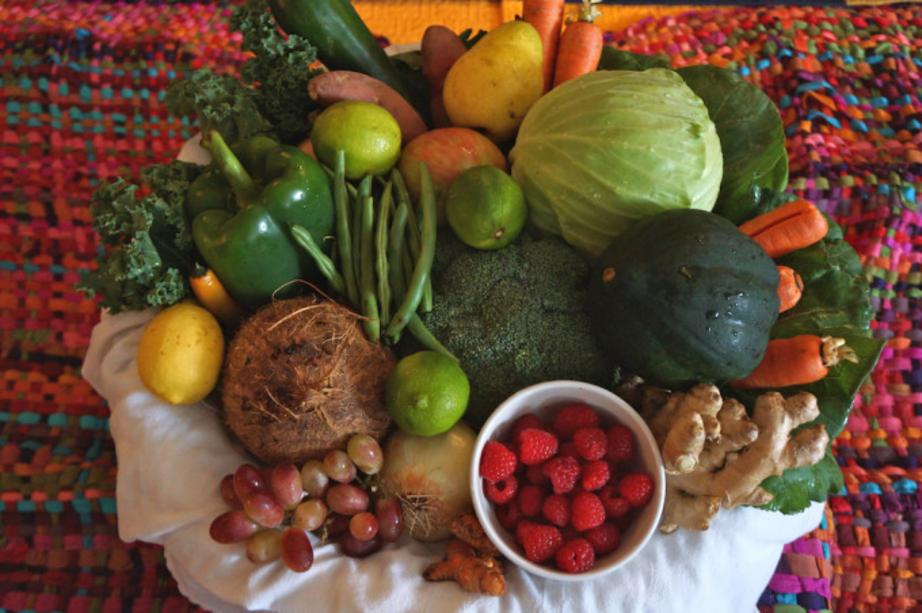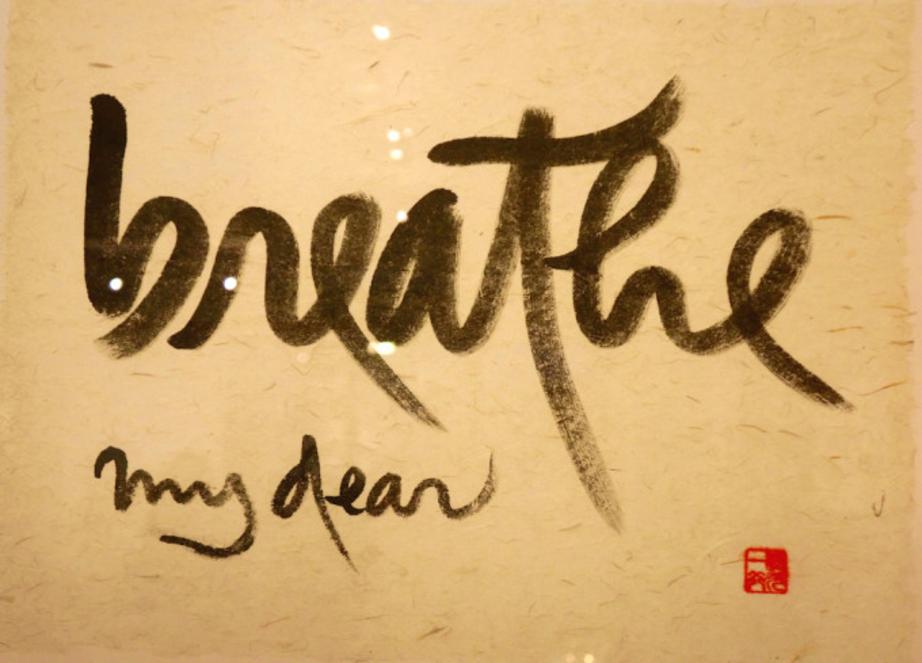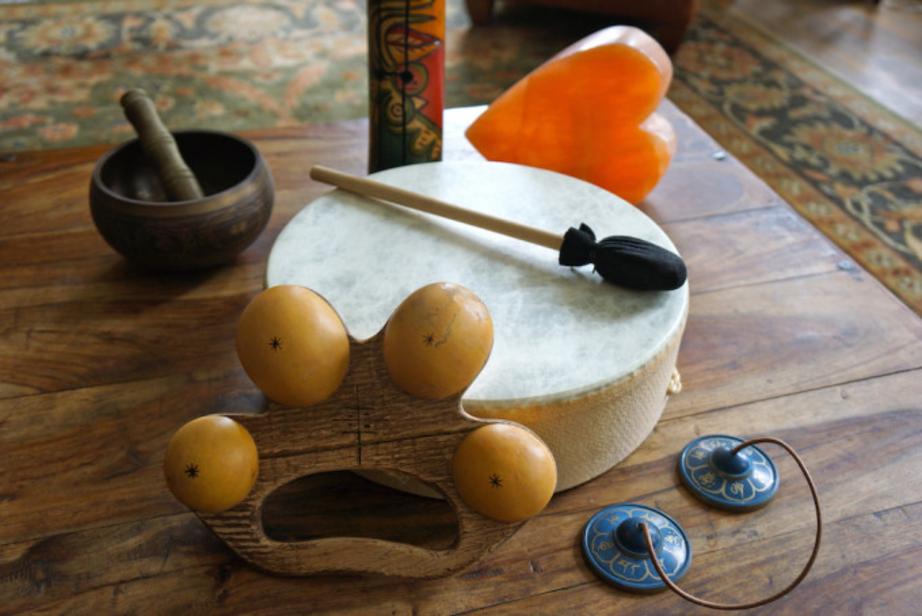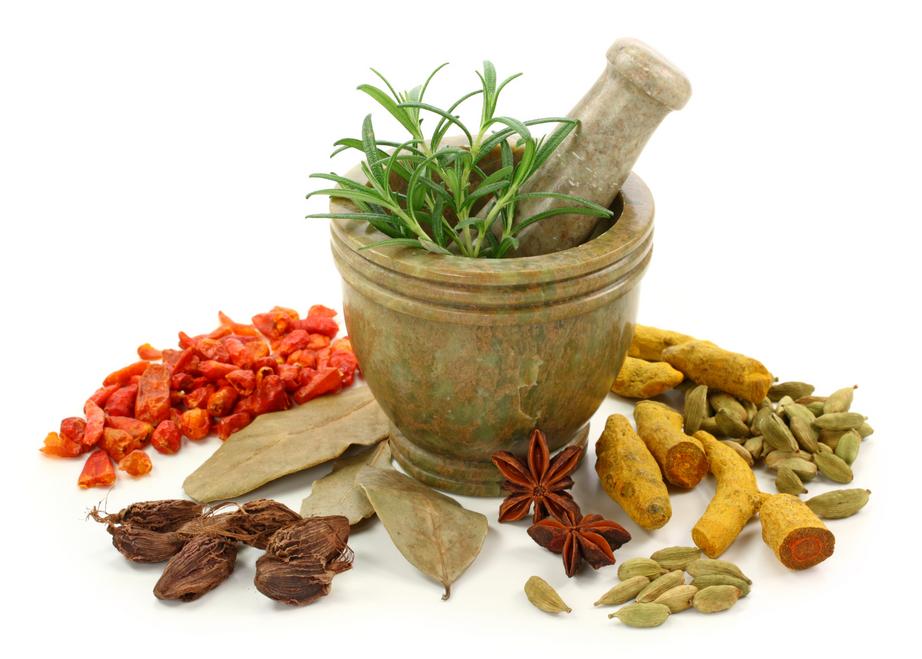Healing through inner medicine with Ayurveda
“No medicine, no matter how powerful, can replace your own. Life is simple. We’ve made it complex by adding massive amounts of material appendages to it, living in a state of over-stress, exaggerating our needs, believing that ‘more’ is better; but more options and more choices serve only to make an already packed life more weary and complex. The more consciousness you cultivate the fewer choices you need.”
—Maya Tiwari
A great deal of what I know about Ayurveda I learned from Maya Tiwari, founder of Wise Earth Ayurveda, the first school of Ayurveda in the USA.

Always at the core of Maya’s teaching is Inner Medicine–the healing power which is innate within every living being on Earth. We need only reconnect to that source within us and live in harmony with Mother Nature to experience a balanced, healthy life.
Ayurveda is such an ancient practice that the date of its origin is unknown. It was an oral tradition first and eventually recorded in the Hindu scriptures, the Vedas, around 7,000 years ago.
Although Ayurveda originated in what is now India, the ancient Rishis, or enlightened sages, who brought forth this earliest-documented medical system, did so for all of mankind. The knowledge (or science) of life which is Ayurveda, is all about balance–knowing our individual constitution and staying in rhythm with nature.
I love Ayurveda because it is a gentle, holistic approach to not only healing but living a full, healthy and balanced life. It always seeks to find the root cause of an imbalance–be it emotional, physical or mental–rather than band-aid it with unnecessary and invasive measures.
Food, breath, and sound are the basic elements of Inner Medicine and the core of Wise Earth Ayurveda teachings. They are simple yet profound tools to balance and help heal the body, mind and spirit.
Food
“Food is the essence of healing. Nature’s foods embody rasa, the taste of life, and contain the universes’s energetic building blocks responsible for the body, mind, and spirit being fed, nourished, and celebrated.” –Maya Tiwari
We seem to be getting further and further away from our intimate connection with food. How did this happen so quickly? We eat out too much, often on the fly, and treat food as just a quick fix for hunger, without much attention to what’s in it or how it was prepared.
Here are a few suggestions to reconnect with the Inner Medicine of food and implement its principles into your everyday life:
- Know your prakriti (individual Ayurvedic constitution) and eat foods that will keep you balanced.
- Giving thanks for our food, be it in the form of a prayer, a mantra, or just a loving thought of gratitude before we eat, will keep us connected to Mother Nature–the source of our nourishment. Be mindful of where your food came from.
- Eat healthy, local, seasonal, whole foods. Organic, if at all possible. Know where and how your food was grown.
- Cook at home, as much as possible, so you are in control of what you are eating.
- In Ayurveda, it’s believed that a happy cook produces happy food! While at Maya’s training, we ate three meals a day prepared by Ayurvedic chef Dhira-Michael Rocco, who lovingly chanted over the food as he cooked our meals. I had a very happy belly while studying Wise Earth Ayurveda! Don’t cook or eat when you’re stressed or angry. It’s better to skip a meal or wait until you have calmed down.
- The old adage “Eat breakfast like a queen, lunch like a king, and dinner like a pauper” is good advice. Eat your biggest meal around noon when the digestive fire is strongest (Pitta rules digestion and 10:00 a.m. – 2:00 p.m. is Pitta time.) Dinner should ideally be eaten at 6:00 p.m., no later than 7:00 p.m., to allow enough time for the body to digest the meal before bedtime.
- Slow down. How we eat has as much to do with our digestion as when and what we eat. We have become a nation of gobblers–standing or even walking while eating–rushing on to our next task. I often see New Yorkers hurrying down the street while shoveling in a piece of pizza or some other form of takeout. The body can’t possibly digest food properly under these circumstances and you will realize it hours later as you reach for something to relieve your indigestion.
Breath

“Breathing in, I calm my body. Breathing out, I smile. Dwelling in the present moment, I know this is a wonderful moment!”
–Thich Nhat Hanh
From our first breath until our last, our body’s autonomic nervous system sees to it that we are breathing, even while we sleep. Unfortunately, we have become a species of shallow-breathers, stressed-out and not giving the breath the attention it deserves. It wasn’t until I took up yoga and learned the practice of pranayama that I realized I had been breathing improperly for many years. Breathing only into your upper torso creates shallow breathing and prevents the body from properly expelling toxins and bringing in fresh, healing oxygen.
Prana is the Sanskrit word for life force.
“Prana is the breath of the Universe…Prana alone controls the breath of the planetary heart. The sharp rise of heart-related diseases is due wholly to the dysfunction of bodily prana, or the Vata dosha. When breath suffers, sadness prevails.”
–Maya Tiwari
Here are some ways to reconnect with your breath and experience self-healing:
- Practices such as yoga, pranayama, qigong and t’ai chi all have a strong focus on breath work. They are great modalities for strengthening the breath.
- A simple way to learn proper deep belly breathing (can be done sitting or lying down) is to place your right hand on your belly and your left hand on your chest. Take a deep inhalation in. If you are breathing properly, your belly will expand on the inhalation and contract on the exhalation. Breathe in and out through your nose. Try this right now!
- Unresolved grief lies stagnant in our lungs. I wrote about a pranayama practice I learned from Dr. Vasant Lad to expel the old, stale, breath of grief. You can read about it here.
- My favorite breathing exercise is one that a friend taught me when I had a medical emergency and my heart was racing at warp-speed. It’s perfect for high blood pressure, anxiety, heart palpitations and stress. You can do it anytime and anywhere.
Place your right hand over your heart center and your left hand on top of the right. Bend your head down so you’re gazing at your heart, then close your eyes. Think of something that brings you peace and joy. It could be a loved one, a flower, a song, or a place. Anything will do. Now take deep, slow breaths, in and out as you focus on what you love. Continue until you feel calm and centered.
- In Roger Jahnke’s book “The Healer Within”, he talks about the “Remembering Breath”. Instead of (or better yet, in addition to) focused breathing exercises, take deep, cleansing breaths throughout your day whenever you remember. In the beginning you can leave little reminder notes around, or tie a string around your finger. The point here is to not hold your breath and to breathe deeply at every possible moment–when you wake and before bedtime, in front of your computer, while exercising, reading, writing, in the shower, etc.
- Nadi Shodhana (Alternate Nostril Breath) is a wonderful pranayama practice that will energize you, help boost your immune system and promote restful sleep.
 Sound Healing Instruments
Sound Healing Instruments
Sound
Sound heals. It has a way of raising our vibration so that we almost immediately feel the positive effects, both physically and emotionally. I love kirtan and chanting–it has a transformative power to it. But if kirtan is not your thing, don’t worry. There are all kinds of ways to use sound as Inner Medicine in your daily life. Here are just a few:
- Sing! Sing in the shower, sing in your car, sing whenever you have the opportunity. Singing opens and clears our 5th chakra (throat)–our seat of expression, creativity…our voice. Don’t be shy! If anyone looks at you funny, just tell them you’re practicing Inner Medicine!
- Sigh! Sighing is really good for us. Just think how you feel when you let out a big “ahhh” or “ohhh”. Try it now. Can’t you feel the stress release from your body? I do this all the time now–alone or in public. Sometimes I get funny looks but most of the time, people ignore me or they smile.
- Listen to music that soothes rather than provokes or depresses you.
- Remember when you were in kindergarten and they had all those fun instruments? Well, guess what? You can still play with them! You can play them alone or join in a drumming circle or other group. Tibetan singing bowls are wonderful tools for healing. You don’t need to be a musical genius. I had just about zero music training in my Catholic school education. It doesn’t matter. I’m making up for lost time now and loving it.
- And last but not least, get outside and listen to the sounds of nature. Or listen to an audio of nature sounds. Both are healing to the soul and reconnect us to our Source.
There are, of course, other important practices which help keep our mind, body, and spirit healthy, such as meditation, journaling, exercise and healthy relationships. Today I wanted to put my focus on food, breath, and sound because of the incredible potential for good health that they hold.
I hope I’ve inspired you to tap into your own Inner Medicine. When I decided to take back some of the power and responsibility for my own healing, a door opened and everything changed for me. I became whole again.
“Healing is simple. It is initiated within yourself through this awareness. Healing is a subtle thing–it is about the character of your ongoing relationship to the earth, sun, moon, sky, water, forest, animals, and children.”
–Maya Tiwari

